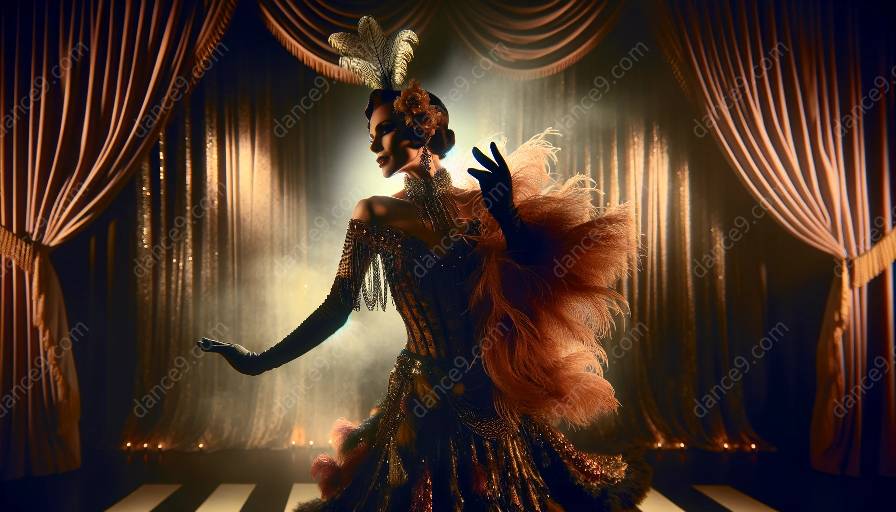Health and safety in burlesque and dance classes is a crucial aspect that ensures the well-being of performers and participants. In this article, we'll explore the importance of maintaining a safe and healthy environment in the context of burlesque and dance classes, and provide actionable tips to promote a culture of safety.
The Importance of Health and Safety in Burlesque
Burlesque is a dynamic and expressive art form that involves various physical and artistic elements. As such, ensuring the health and safety of performers is essential to avoid injuries and promote long-term well-being. From choreography to costume design, every aspect of burlesque performance should prioritize safety without compromising artistic creativity.
Promoting a Culture of Safety in Dance Classes
When it comes to dance classes, whether focused on burlesque or other genres, creating a safe environment is paramount. Instructors should emphasize proper warm-up routines, technique, and injury prevention to minimize the risk of accidents and physical strain. Additionally, maintaining a supportive atmosphere where participants feel comfortable discussing any health concerns is vital for overall well-being.
Practical Tips for Ensuring Health and Safety
1. Warm-Up and Cool Down: Prioritize thorough warm-up and cool-down sessions to prepare the body for physical exertion and aid in muscle recovery.
2. Costume Safety: While burlesque often involves elaborate costumes, it's important to ensure that they are comfortable, well-fitted, and do not pose any risk of tripping or discomfort during performances.
3. Hydration and Nutrition: Encourage performers to stay hydrated and maintain a balanced diet to support their physical endurance and overall health.
4. Injury Response Plan: Establish clear protocols for handling injuries or medical emergencies during classes or performances.
Implementing Health and Safety in Practice
By integrating health and safety measures into the fabric of burlesque and dance classes, the community can thrive in a sustainable and supportive manner. Educating performers, instructors, and event organizers on safety best practices will contribute to a culture of care and responsibility.
Conclusion
Health and safety in burlesque and dance classes are integral to the preservation of the art forms and the well-being of those involved. By prioritizing these factors, performers and participants can continue to express themselves creatively in a safe and sustainable manner.













































































